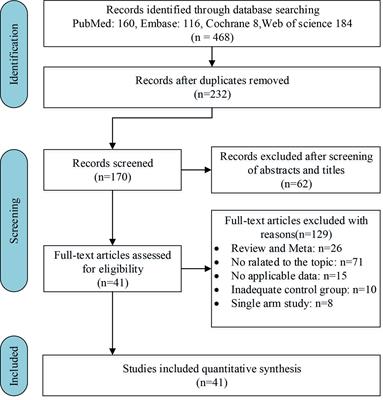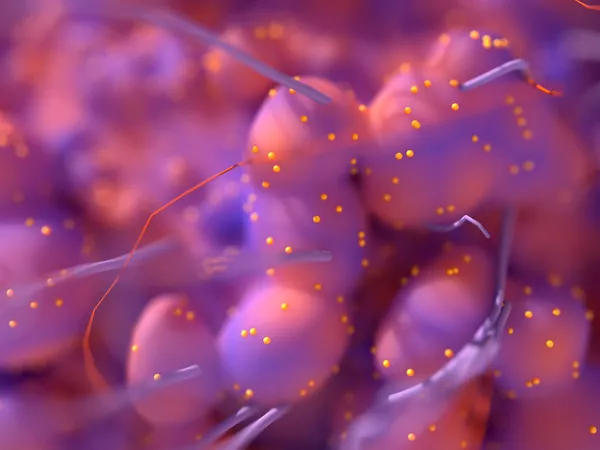EDITORIAL
Published on 22 Nov 2022
Editorial: Cardiotoxicity induced by radiotherapy and/or chemotherapy after cancer treatment
doi 10.3389/fonc.2022.1087928
- 659 views
9,392
Total Downloads
31k
Total Views and Downloads
You will be redirected to our submission process.
EDITORIAL
Published on 22 Nov 2022
ORIGINAL RESEARCH
Published on 11 Oct 2022

REVIEW
Published on 16 Sep 2022

REVIEW
Published on 22 Jul 2022

REVIEW
Published on 19 Jul 2022

ORIGINAL RESEARCH
Published on 04 Jul 2022

ORIGINAL RESEARCH
Published on 28 Jun 2022

ORIGINAL RESEARCH
Published on 21 Apr 2022

ORIGINAL RESEARCH
Published on 12 Apr 2022

REVIEW
Published on 07 Apr 2022

ORIGINAL RESEARCH
Published on 02 Mar 2022

ORIGINAL RESEARCH
Published on 09 Feb 2022

